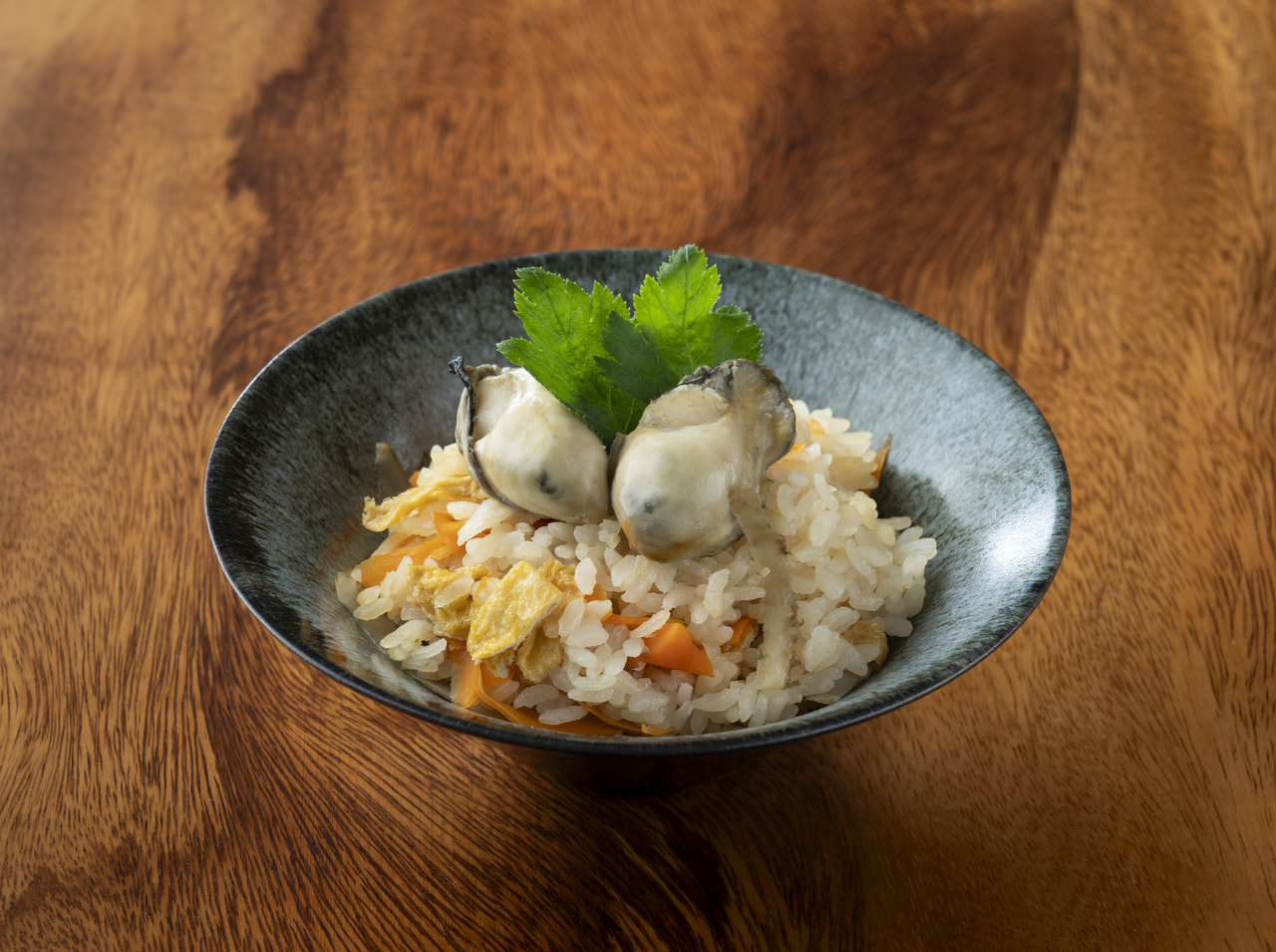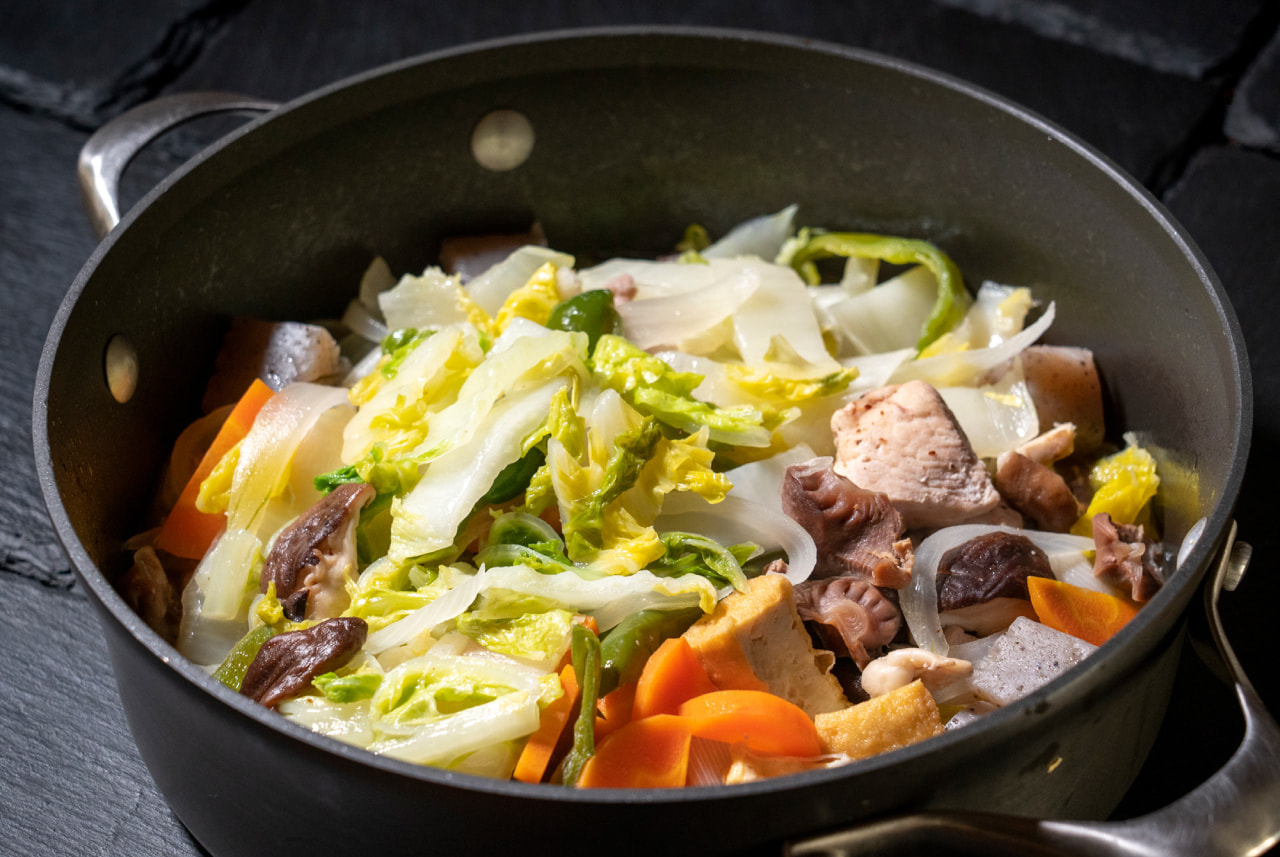Kaki meshi is a traditional rice dish from Hiroshima Prefecture, particularly associated with Etajima and nearby coastal areas where oyster farming thrives. Oysters have been part of Hiroshima’s food culture for centuries. Archaeological evidence from shell mounds indicates that people consumed them as early as the Jomon and Yayoi periods. Oyster farming began between the 1500s and 1600s, and today, Hiroshima produces about 60% of Japan’s total oyster harvest.
This dish is made by cooking rice together with kaki (oysters), allowing their rich umami to infuse the grains. The oysters are sauted with sake to enhance their depth of flavor. Hiroshima oysters are prized for their large size and bold taste, a result of the region’s ideal natural conditions.
Kaki meshi is enjoyed in homes, restaurants, and as a popular ekiben—boxed meals sold at train stations. It continues to be a beloved local specialty that showcases the deep connection between Hiroshima’s coastal environment and its culinary traditions.



